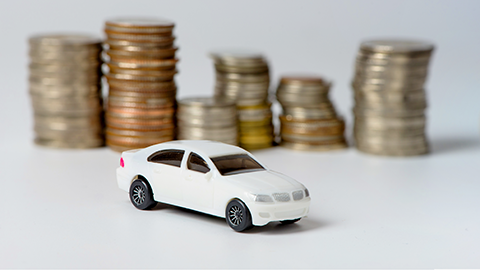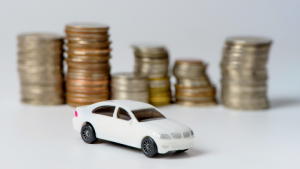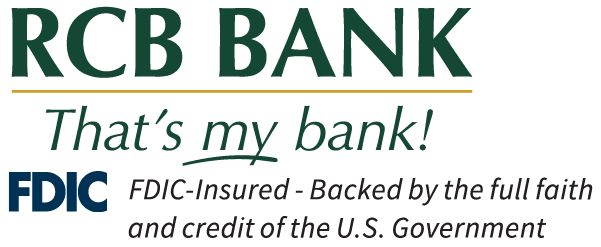
What is auto refinancing?
Auto refinancing is when you replace your current automobile loan with a new loan that has better or different terms. The new loan pays off your original loan and you open a new loan with new paperwork, a new loan rate and new terms and conditions.
When to Refinance Your Car
There are many reasons why someone might need or want to refinance their car:
• Interest rates have gone down since you took out your original loan. If interest rates have dropped, it is worth talking to a lender and seeing what your potential savings could be over the life of the loan.
• You didn’t get the best deal possible when you purchased the car and would like a more favorable loan now. Car dealerships may not offer the best rates possible. If you took out your loan with a dealer and did not negotiate the interest rate, a refinance could save you a lot of money over the life of the loan.
• Your personal finances have changed and you would like a lower monthly payment. While refinancing can reduce your monthly payments, it often means taking a longer loan payoff period. Your car will also depreciate during that time and you may pay more in interest over the life of the loan. Term restrictions may also apply depending on the year of the vehicle.
• Your credit has improved since you received your original loan. If you previously had bad credit or no credit, checking to see if you can get a better deal a few years down the road is a good idea. You may receive better offers and save money over the life of the loan with a lower interest rate.
How to Refinance Your Car
Before you decide to refinance, talk to a few lenders to see what rates they offer and whether it will save you money over the life of the loan. Find out if there is a prepayment penalty, or fee for paying off your other loan early, and what others fees you may be responsible for when you refinance. You will also want to make sure your car’s value is more than the loan amount left, or it could be hard to get a new loan. Some lenders may have restrictions about the age of the car they will refinance.
Once you have determined if refinancing is a good option, prepare your documentation. You will likely need a number of documents on hand to apply for a new loan.
• Proof of income
• Evidence of auto insurance.
• Information on your current loan.
• Information about the car, including the make, model, mileage, year and vehicle identification number, or VIN.
• Your driver’s license.
After you have gathered your documentation, shop around. Look for loan promotions in your area and get prequalified with a few different lenders. Some lenders also offer a discount if you use an automatic payment option, so don’t forget to ask.
GAP Insurance
GAP, also known as Guaranteed Asset Protection, provides the consumer with protection in the event of a total loss of the covered car due to vehicle theft or an accident. If a total loss occurs, you file a claim and GAP will pay off the residual loan balance that the primary claim fails to pay. Given the ever-increasing costs of a complete vehicle restoration after an accident, GAP protection may be needed more now than ever before.
When to Get Car GAP Insurance
As a general rule, if you have less than 20% equity in on the car when you open the loan, GAP coverage should be considered. Conversely, if you enter the loan with more than 20% equity in the car, GAP coverage becomes less beneficial and effective. Also, the longer the loan period, the more helpful GAP coverage becomes.
Our lenders are happy to answer your questions, even if you are not an RCB Bank customer. Connect with a lender in your area.
Financing available with approved credit. Other qualifications, restrictions, and conditions may apply.




